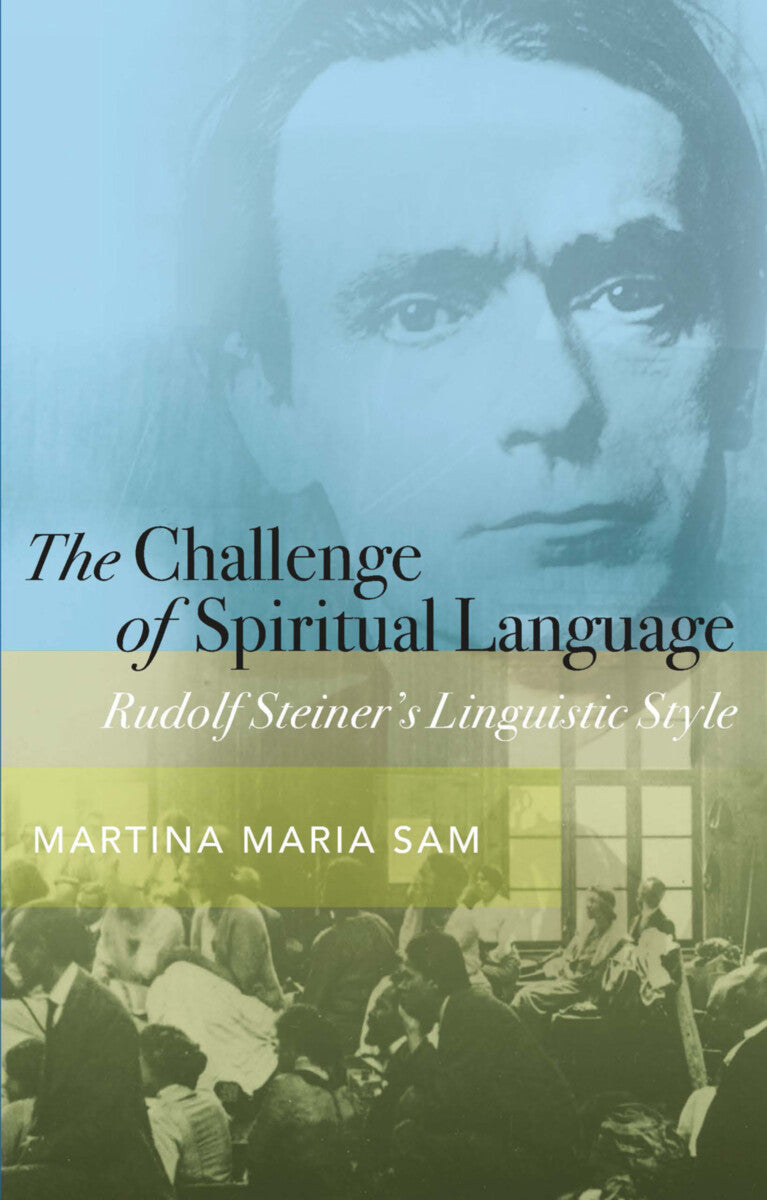Rudolf Steiner Bookshop
The Challenge of Spiritual Language
The Challenge of Spiritual Language
Couldn't load pickup availability
‘Development in the science of the spirit will always … involve what we may call developing the inner meaning and inner configuration of our language.’ – Rudolf Steiner
Our present-day language cannot easily convey spiritual concepts. Rudolf Steiner’s search for the words and style to bring to expression a contemporary spiritual worldview epitomises this. In seven organically developing chapters, this little book presents Martina Maria Sam’s long-standing research into this subject. As a writer, editor and lecturer she observed the increasing difficulty that many people – particularly those with an academic training – have with Steiner’s style. However, this style was something that Rudolf Steiner developed very deliberately. As she states: ‘What was most important for me in this was to point out Rudolf Steiner’s intentions in his specific and often original linguistic forms and, consequently, to create the introductory basis for a deeper understanding.’ Gaining such understanding, she says, can in turn enable us to develop insight into the spirit.
Sam begins by quoting some of Steiner’s contemporaries, who criticized his ‘grating’ style. She describes why he had to create new forms of expression and examines the specific character of his lectures. She considers two comprehensive stylistic principles that permeate Steiner’s entire body of work, and his special handling of the pictorial element in language. Close attention is paid to Rudolf Steiner’s construction of meditative verses and mantras, and the development of an artistic, linguistically-creative element that will only be possible in the future.
MARTINA MARIA SAM was born in 1960 in Hornbach/Odenwald, Germany. From 1979-81, she studied sociology and political science at the University of Heidelberg. Between 1981 and 1986, she attended the Institute for Waldorf Pedagogy, Witten-Annen where she studied eurythmy and pedagogy. From 1987 to 1992, she was active as a eurythmist on the Goetheanum stage while, at the same time, working for various publishers. From 1989-2000, she assisted in the publication of the Rudolf Steiner Gesamtausgabe [Rudolf Steiner’s collected works]. During the same period, she studied art history, German, and history at the University of Basel where she wrote her Master’s thesis on Rudolf Steiner’s blackboard drawings (Bildspuren der Imagination [Image traces of imagination], Dornach, 2000). From 1996-98 she served as editor of the weekly newspaper, Das Goetheanum. In January, 2000, she assumed the leadership of the Sektion für Schöne Wissenschaften (Literary Arts and Humanities Section) of the School for Spiritual Science at the Goetheanum.
26 May 2020; Trans. by Marguerite A. Miller and Douglas E. Miller; RSP; 96pp; 21.5 x 13.5 cm; pb;
Share

